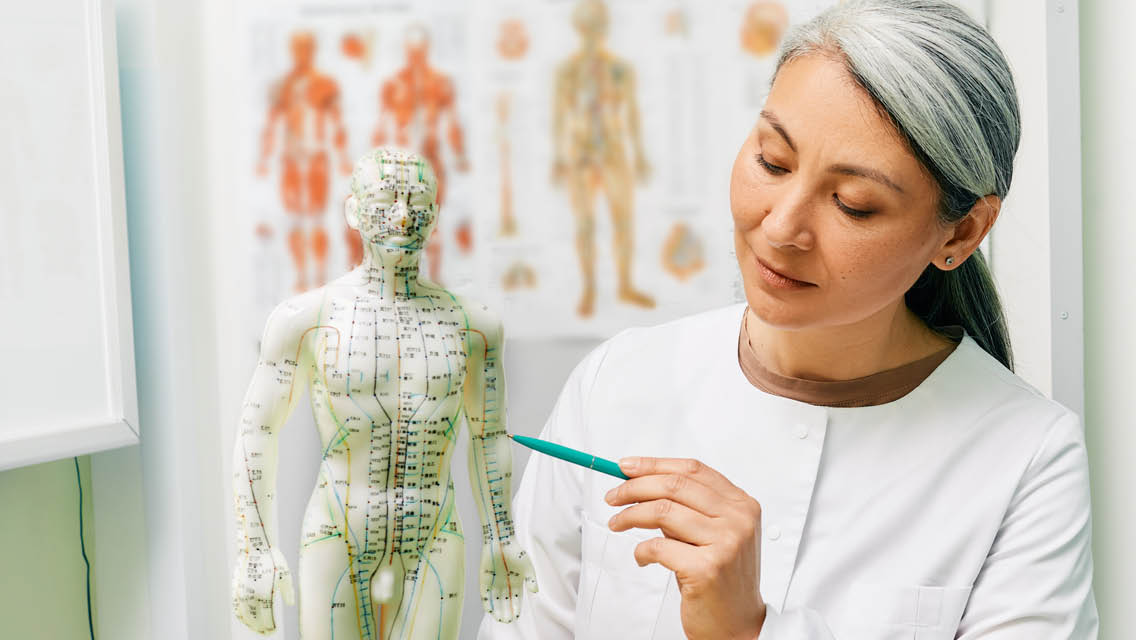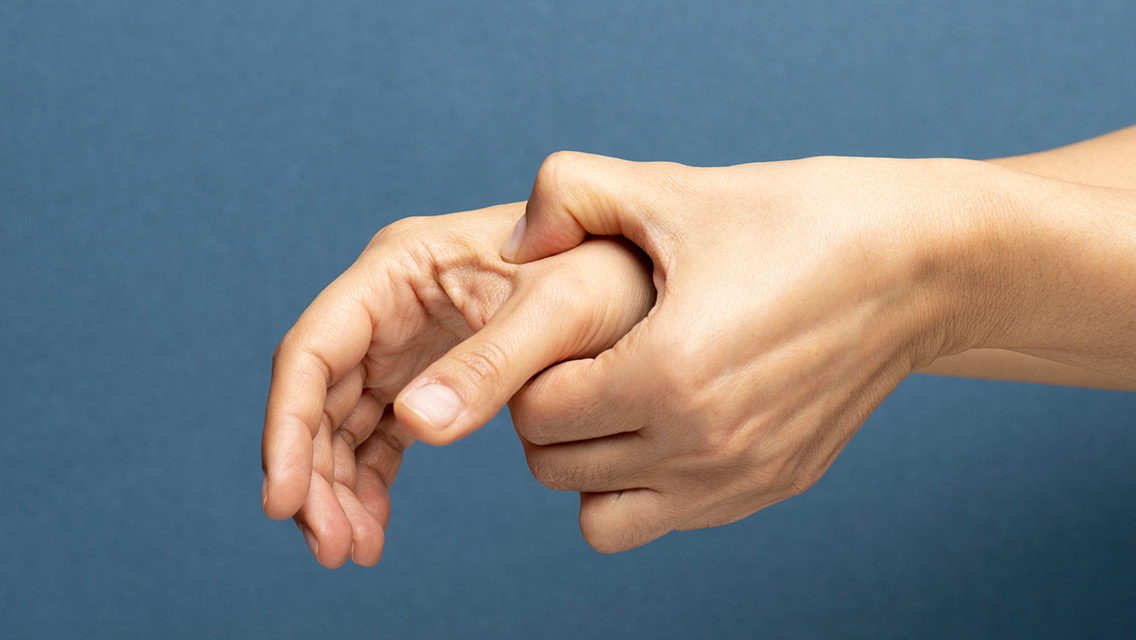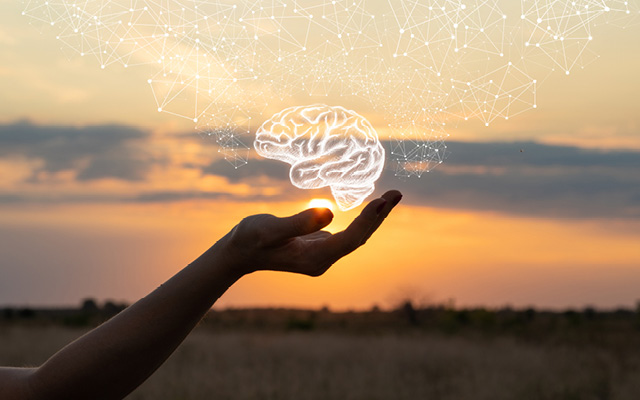During an acupuncture treatment, a practitioner places needles in the body along energetic channels called meridians. They form an invisible lattice that links all the organs and parts of the body; qi and blood travel through these channels.
“You can understand meridians as highways inside our body,” explains Di Guan, LAc, DAOM, who practices acupuncture and Chinese medicine at Shén Acupuncture and Meditation Studio in Minneapolis. “We have more than 400 acupoints on our body, including acupoints that are on meridians and some extra points that are not.”
When the notion of meridians was introduced to the West, people thought they were a kind of imaginary construct, says Jill Blakeway, DACM, LAc, founder and director of the Yinova Center in New York City and the author of Energy Medicine: The Science and Mystery of Healing. “But these days, we know that the body communicates electromagnetically internally. And in fact, meridians follow the path of the fascia plains.”
“While [an] embryo is constructing itself, it forms these little nodes that are more electroconductive than the tissue around it. It turns out the major acupoints are in the same places as these embryological nodes.”
Fascia is the connective tissue that surrounds all the body’s vital organs, muscles, bones, and nerve fibers; researchers have explored this network as the anatomical basis of meridians. “Fascia has a high water content, so it’s electroconductive, and it can create charge too. This is one of the ways the body communicates internally,” she explains.
Blakeway notes that embryos form through electromagnetic communication — even before the formation of the nervous system. “While the embryo is constructing itself, it forms these little nodes that are more electroconductive than the tissue around it. It turns out the major acupoints are in the same places as these embryological nodes. This slightly more electromagnetic tissue that was used to create us can also be used to maintain us.”
This was excerpted from “How Does Traditional Chinese Medicine (TCM) Support Your Health and Well-Being?” which was published in Experience Life.





This Post Has 0 Comments